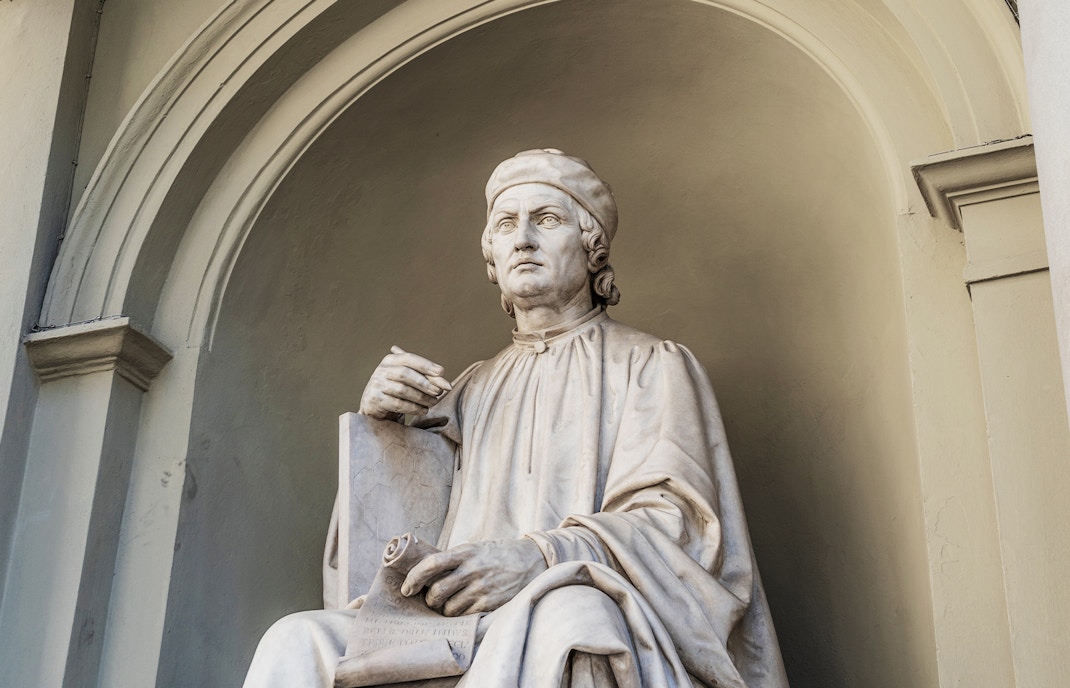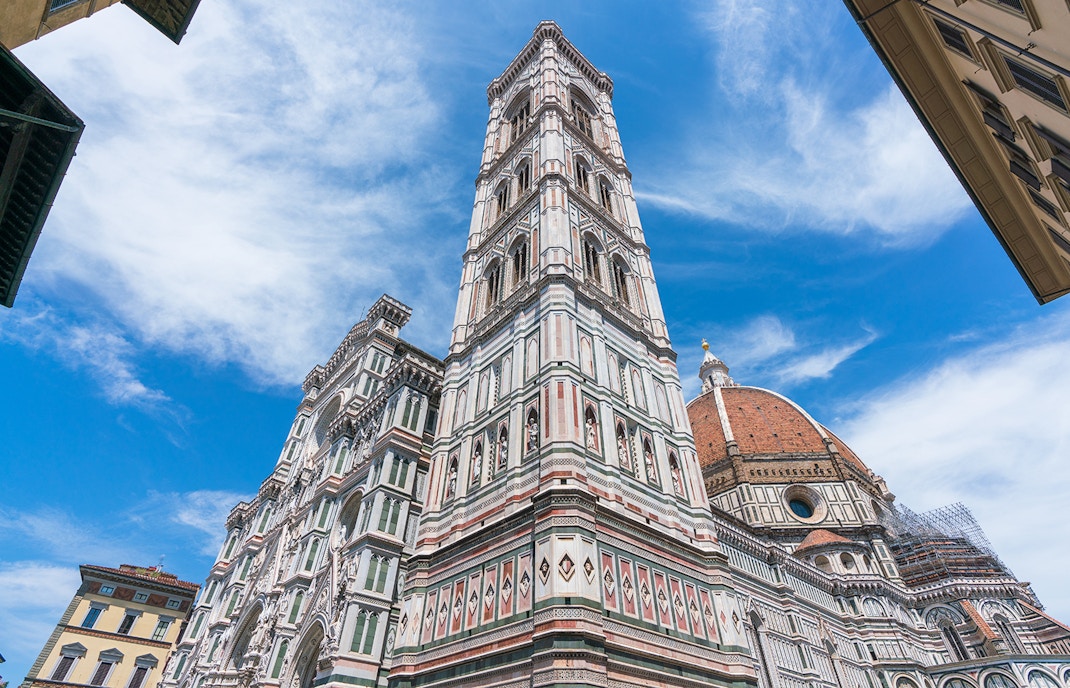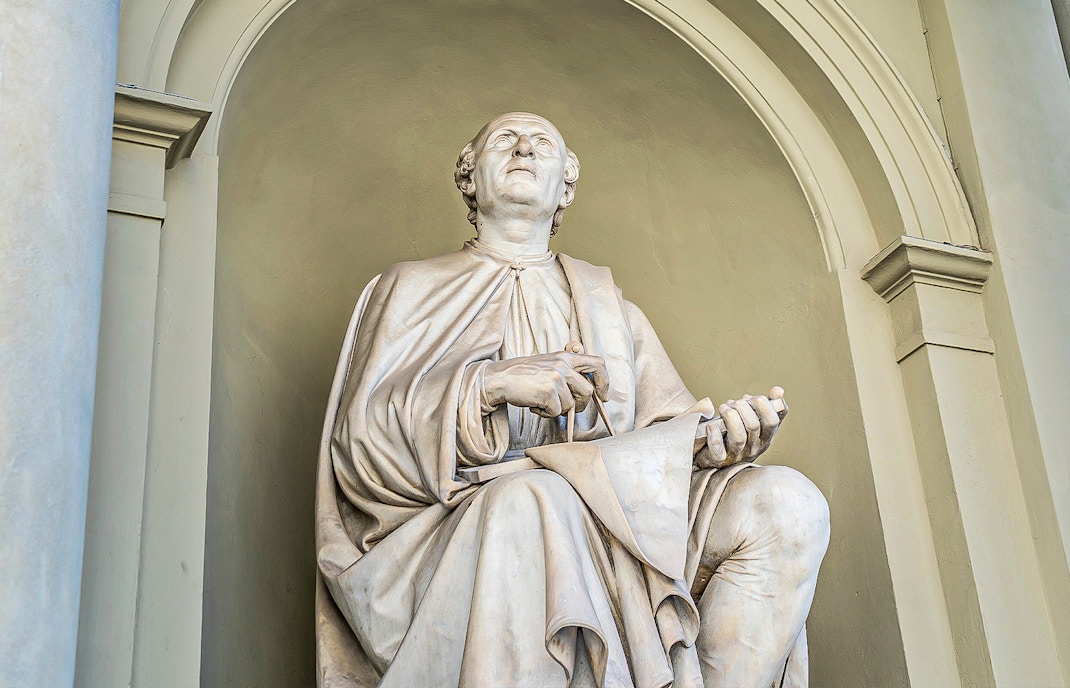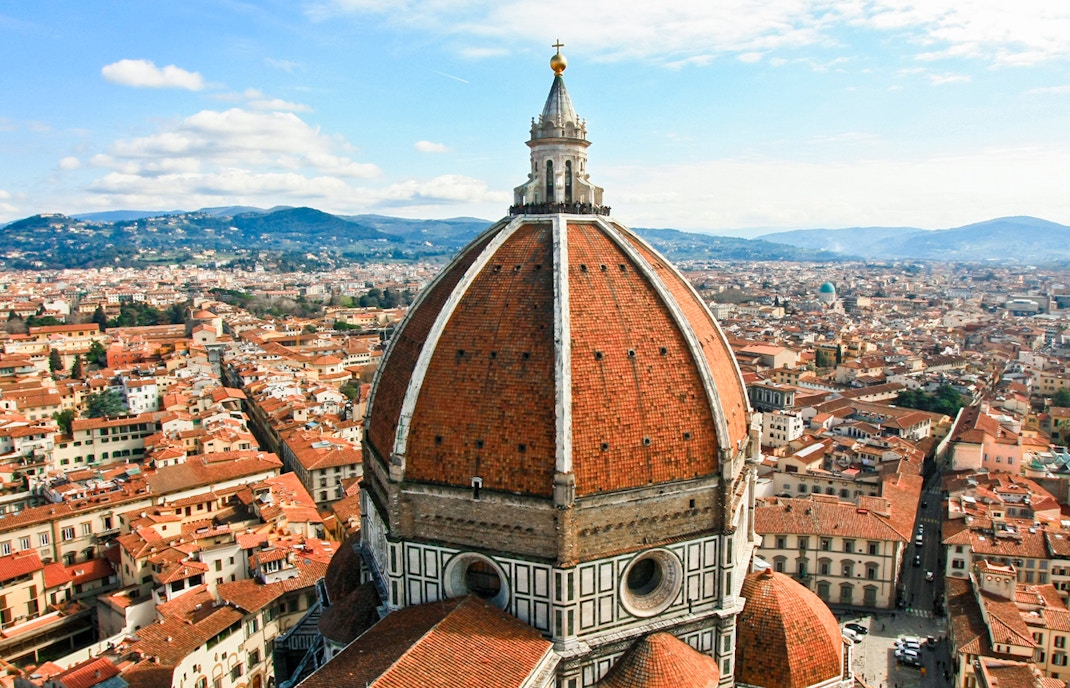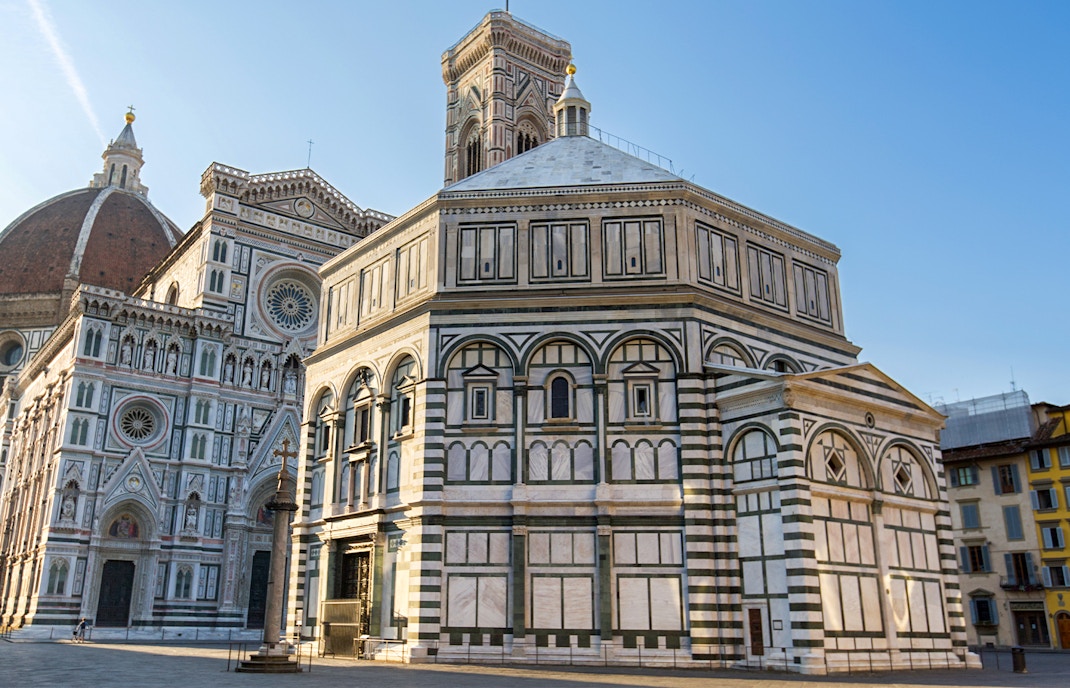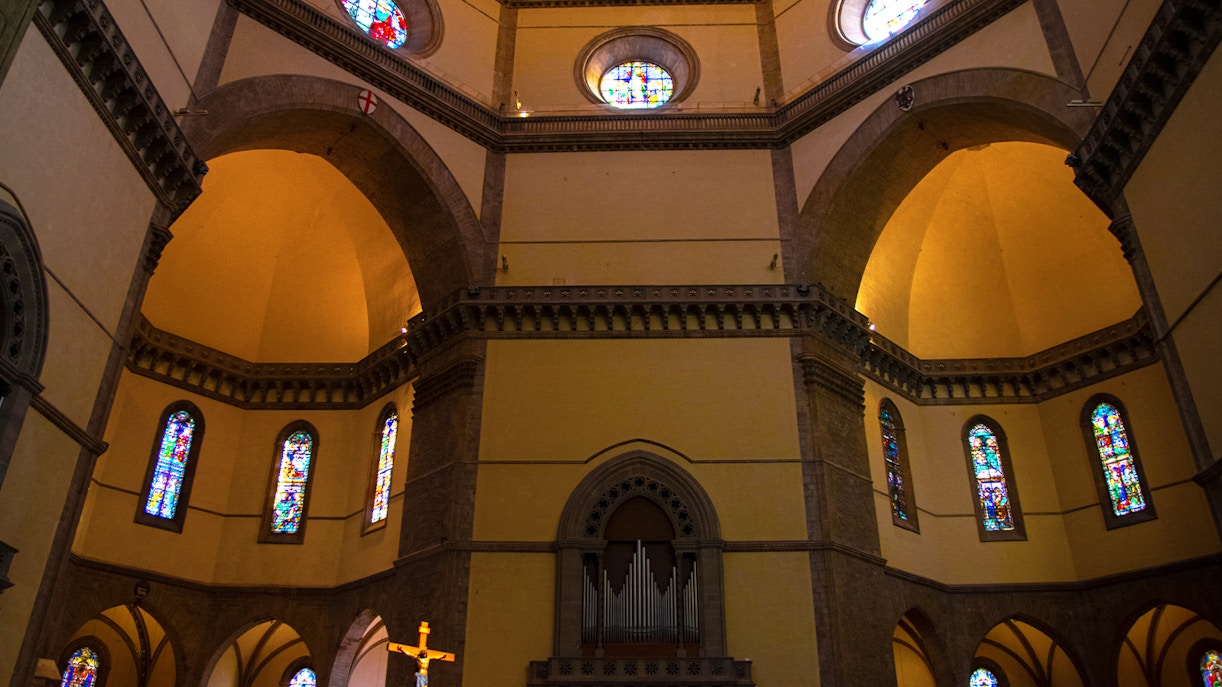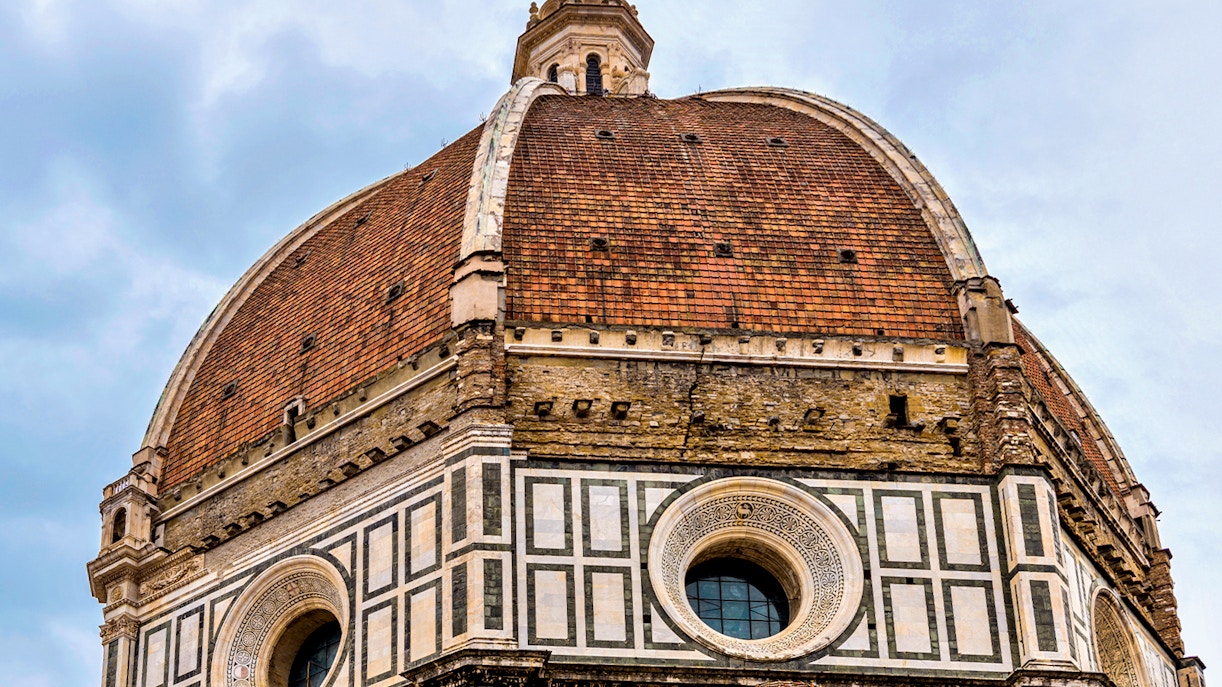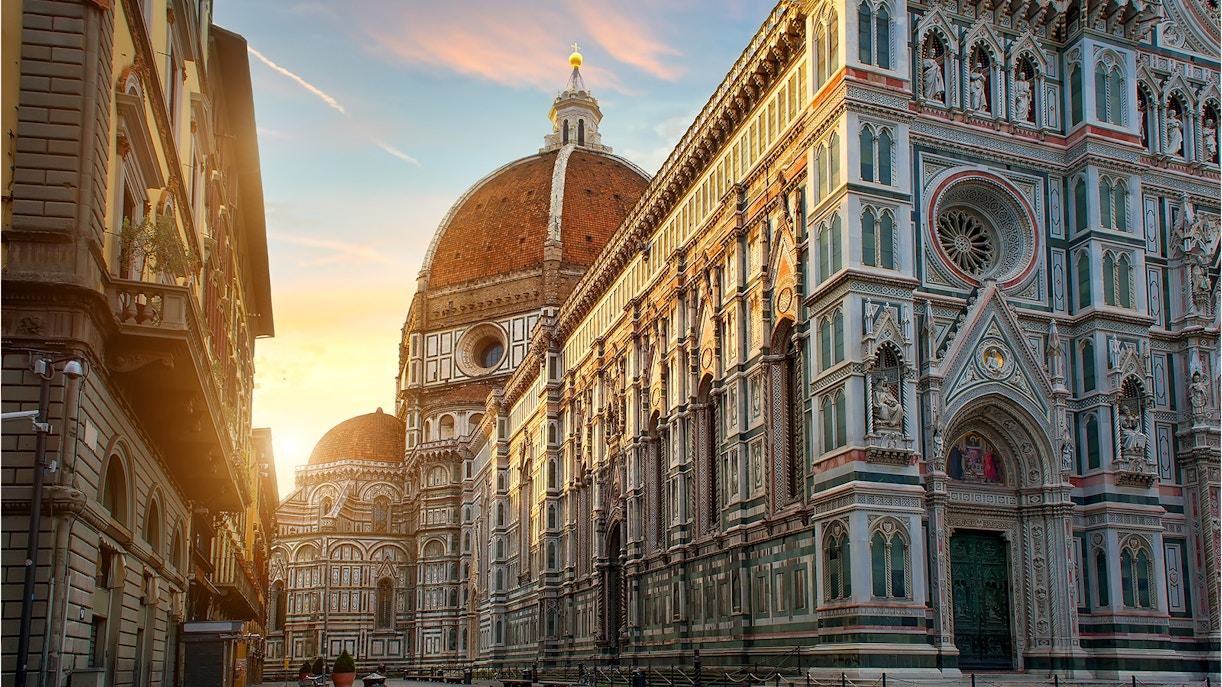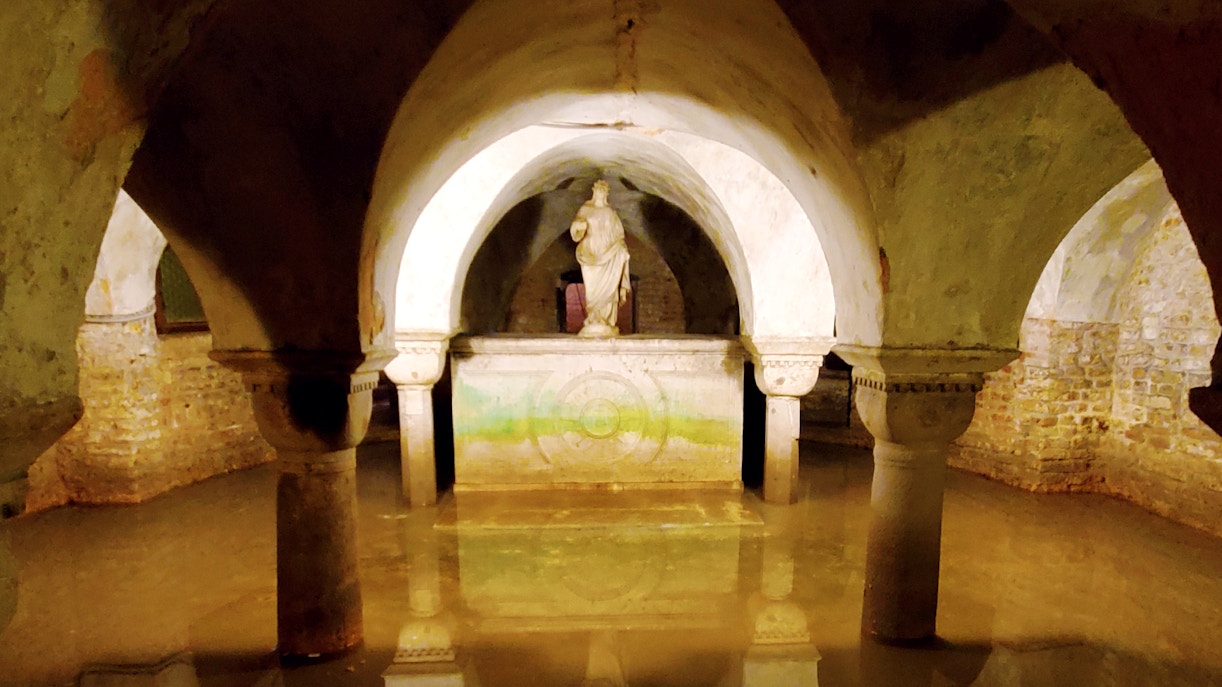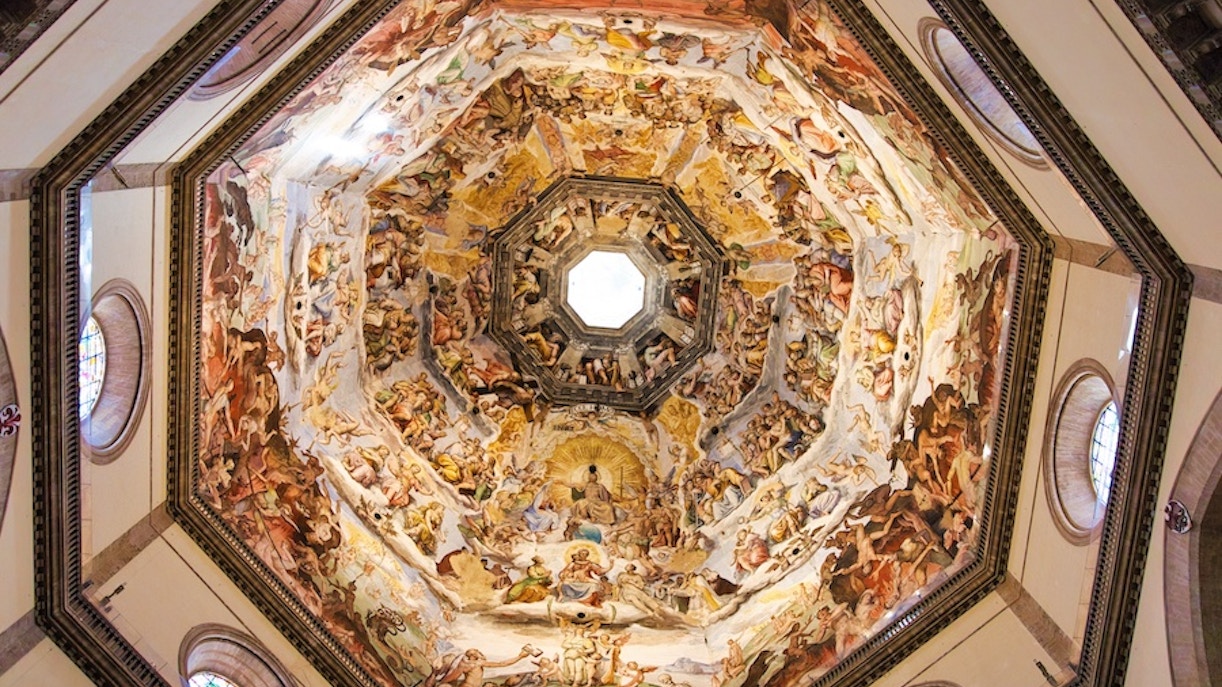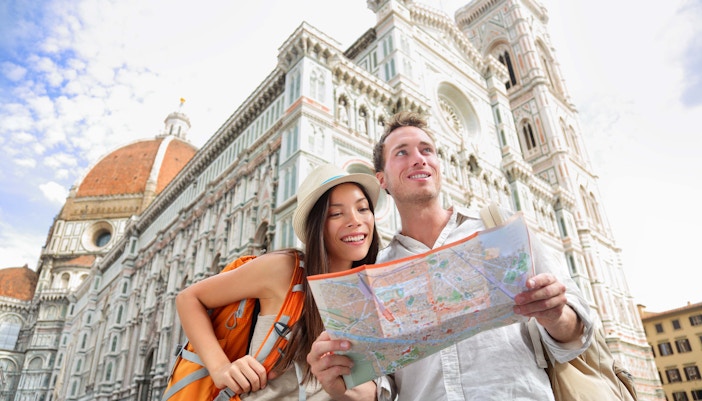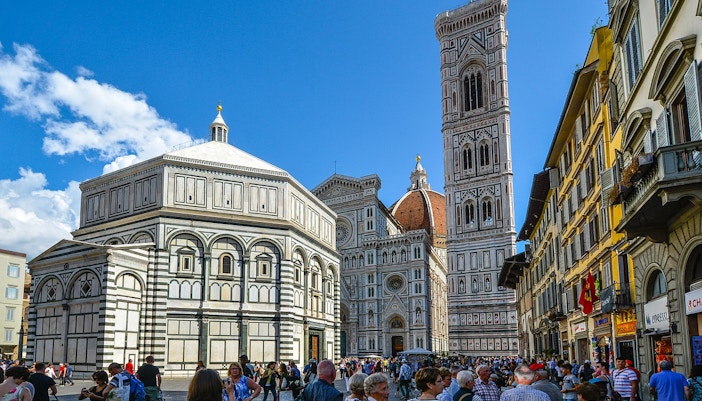Before 1296
Before the iconic structure of Santa Maria del Fiore took shape, an older church called San Reparata stood on the site. Florence, emerging as a major European city, experienced a cultural and financial renaissance, fueled by thriving wool and banking industries. The Wool Merchants Guild spearheaded the construction of a new cathedral to replace San Reparata, forming the Opera del Duomo to oversee the project. The undertaking marked a period of unprecedented urban transformation, requiring the demolition of existing structures and rerouting of streets.


